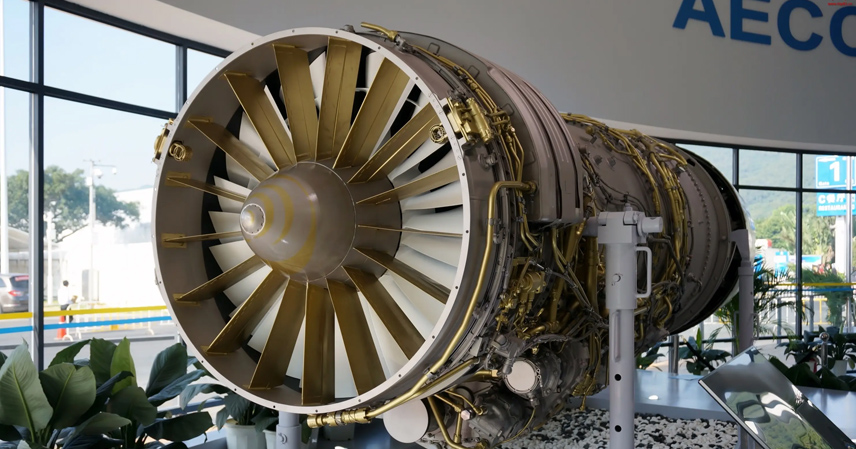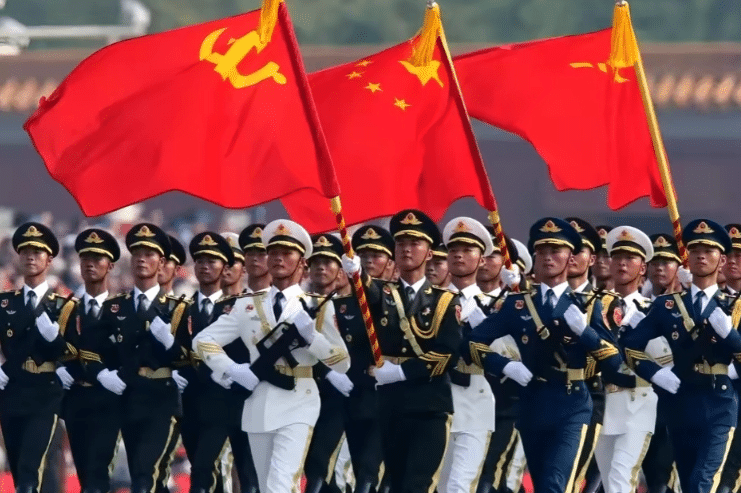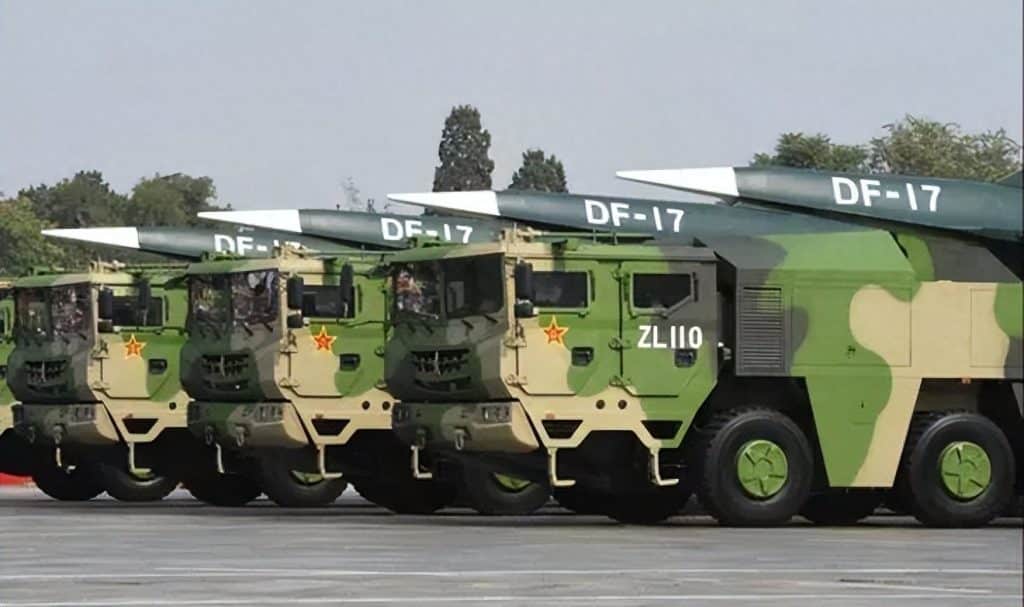The WS-20 is China’s indigenous high-thrust turbofan engine, designed primarily for the Y-20 strategic transport aircraft. Its debut marks a crucial step forward in China’s high-end aviation engine development and represents a move toward independence from Russian engine imports.
In terms of technology, however, the WS-20 is comparable to U.S. engines from the 1990s. During that decade, the United States deployed several mature high-thrust military turbofan engines, such as the F117-PW-100 used in the C-17 transport aircraft. These engines are highly reliable, fuel-efficient, and easy to maintain. Compared to these U.S. engines, the WS-20 still lags in thrust-to-weight ratio, fuel efficiency, and operational lifespan. Its key challenge is not whether it can fly, but whether it can fly reliably and economically over the long term—a critical factor for strategic airlift missions.
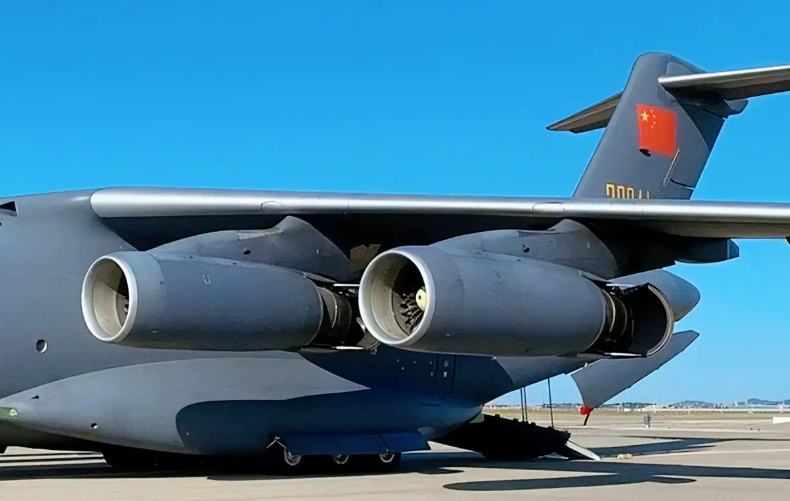
That said, this gap does not imply that China is far behind. Interestingly, the U.S. has not significantly upgraded the F117 engine in the past 30 years. This reflects that the 1990s technology already met strategic needs and, simultaneously, created a “catch-up window” for China. Leveraging this opportunity, China concentrated resources, addressed technological shortfalls, and achieved the WS-20 through years of research, testing, and system integration.
The WS-20’s development tackled challenges in high-pressure turbine blade manufacturing, high-temperature material durability, and integrated engine control systems. Its completion signifies a transition from “capable of producing” to “capable of operational deployment.” While not world-leading, the engine demonstrates China’s growing system engineering capability, which lays the foundation for next-generation engines featuring higher thrust-to-weight ratios, lower fuel consumption, and advanced digital control systems, including variable-cycle technology and ceramic matrix composites.
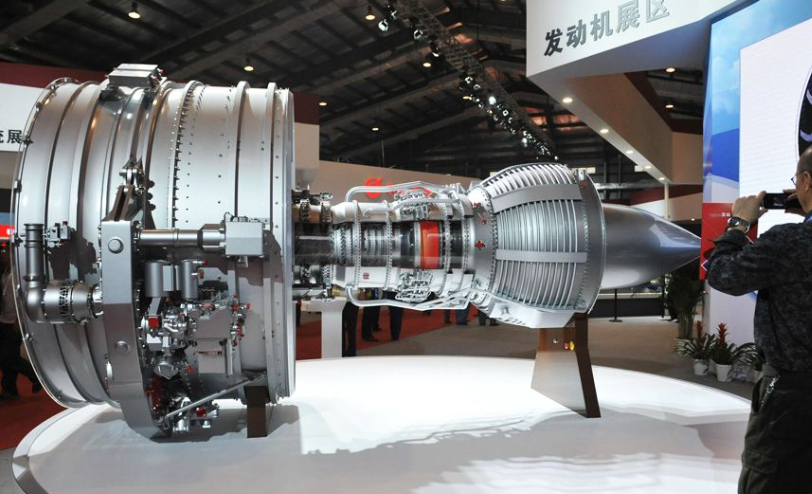
In short, the WS-20 may not be the top engine globally, but it gives China its first real autonomy in the high-thrust aviation engine field. It reflects three decades of steady technological accumulation and serves as a springboard for future breakthroughs.

